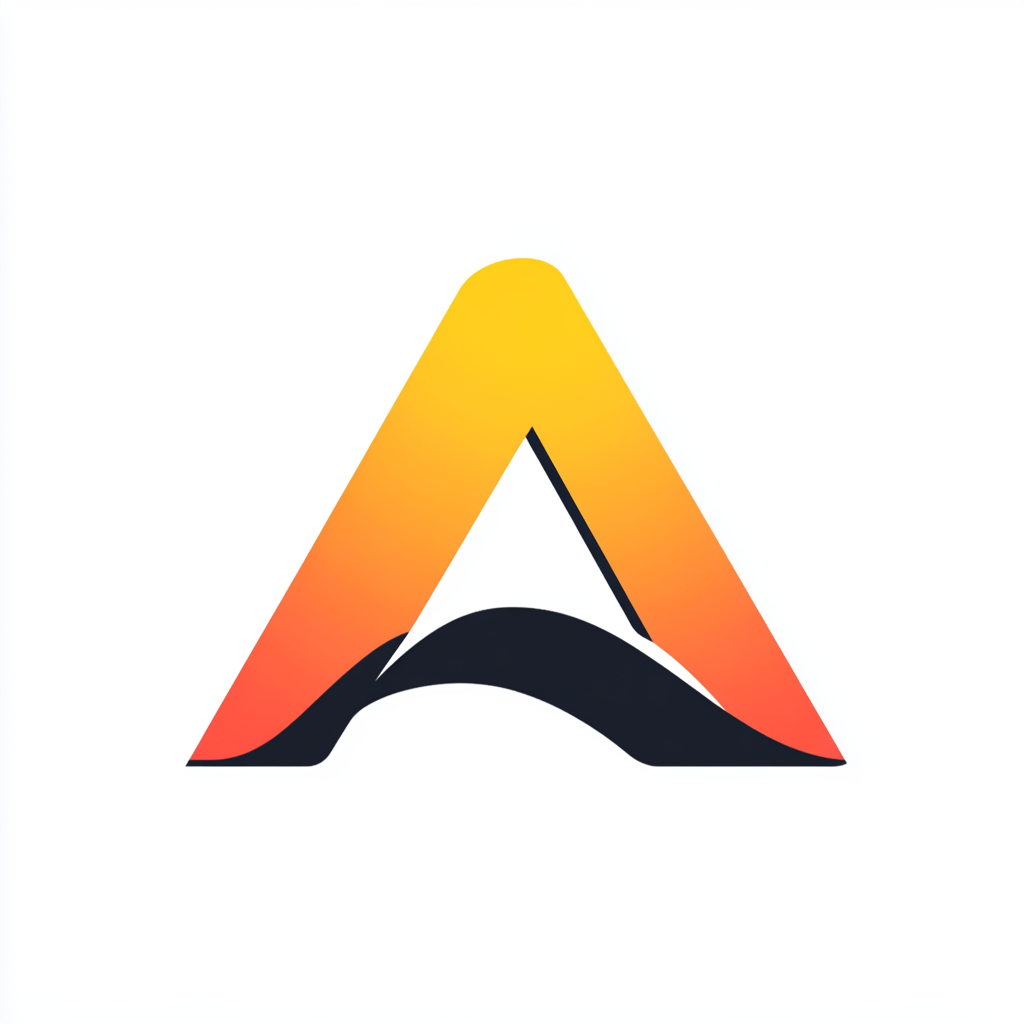Exploring cometrics: A Free Open-Source Tool for Collecting and Analyzing Behavioral Data
Applied behavior analysis (ABA) depends heavily on accurate data collection. Clinicians, researchers, and students all rely on reliable, real-time tracking to make decisions, monitor treatment progress, and evaluate interventions. Yet many commercial software tools used today are expensive, complex, or limited in capabilities.
Enter cometrics—a powerful, free, open-source solution designed for modern behavior analysts.
In the recent article “cometrics – A New Software Tool for Behavior‑Analytic Clinicians and Machine Learning Researchers,” published in Behavior Analysis in Practice (Arce, Walker, Hurtz, & Gehringer, 2023), the authors introduce a practical tool that brings together observational, physiological, and video data in one place. You can download cometrics from the Microsoft Store or GitHub, making it highly accessible for professionals, students, and researchers alike.
What Is cometrics?
cometrics is a desktop application for Windows 10 and 11 that collects synchronized behavioral, physiological, and video data during observation sessions. It was designed for use in ABA therapy, functional behavior assessments (FBAs), clinical decision-making, and more.
Built with Python and integrated with Microsoft Excel, cometrics supports Bluetooth communication with biosensors (like Empatica E4) and saves session data in widely used formats like Excel, CSV, and JSON.
Why It Matters — Multiple Data Streams in One Place
Behavior analysts often need to monitor not just behavior, but also the context and physical state of the learner. cometrics supports synchronized input from:
- Keystroke events for logging behavioral observations
- Live video and audio feeds for visual reference and coding
- Physiological signals via the Empatica E4 biosensor, such as:
- Electrodermal activity
- Heart rate (PPG)
- Skin temperature
- Movement (accelerometry)
This combination gives clinicians a more complete and accurate snapshot of each session, enabling richer analysis and better documentation.
Key Features and Benefits
cometrics includes a wide toolkit of features that set it apart:
- Real-time behavioral logging with flexible keystroke mapping
- Exportable Excel-based keystroke files (KSFs)
- Synchronized video tagging with MP4 support
- Interobserver agreement (IOA) calculator
- Auto-organized project folders for exporting graphs and session data
- Real-time physiological monitoring from Empatica E4
- Pause/resume session functionality
- Audio-visual interval reminder cues
- Multiple data output formats (.xlsx, .csv, .json)
This all-in-one format helps minimize transcription errors and support reproducibility in behavior research.
Getting Started with cometrics
To start using cometrics, users first create a project directory. Within each project, you can add participant profiles and assign them to assessment phases such as baseline, intervention, or maintenance.
Then, you’ll set up a Keystroke File (KSF), where you define what keys correspond to which behaviors. Duration-based or frequency-based behavior tracking is supported.
During sessions, you log behaviors using assigned keys, and cometrics tracks time-stamped entries, which are synced with live or recorded video and physiological data if connected.
Supported Hardware and Input Types
cometrics was specifically designed to work with modern PC hardware environments:
- 🧠 Empatica E4 Biosensor: Streams EDA, PPG, accelerometer data, and skin temp over Bluetooth.
- 📷 Webcam & Microphone: Supports video recording with audio and keystroke tags.
- 🎞️ Retrospective Coding: Load recorded MP4 videos for post-session data entry.
With these input streams, professionals can match physiological stress markers like elevated heart rate with observed behaviors such as aggression or escape.
Interobserver Agreement (IOA) Made Easy
cometrics includes built-in IOA comparison functionality with:
- Flexible window sizes for analysis
- Side-by-side primary and secondary data sets
- Exported Excel results with raw data and agreement scores
This allows educators and supervisors to teach, assess, and maintain data reliability in both training and practice.
Exporting and Analyzing Data
All session data can be exported for further analysis with tools like Excel, R, or Python.
Supported file formats:
- .xlsx — Excel KSF with all coded events
- .csv — Raw time-stamped keystrokes
- .json — Structured data for developers or researchers
Session files follow a clear naming structure including session number, assessment initials, date, and phase to keep data organized.
How cometrics Compares to Other Tools
Here’s how cometrics stands among other data collection platforms:
| Feature | cometrics | BDataPro | DataPal | Therapy Brands | ReThink Autism |
|---|---|---|---|---|---|
| Free to Use | ✅ | ✅ | ✅ | ❌ | ❌ |
| Open-Source | ✅ | ✅ | ❌ | ❌ | ❌ |
| Video Annotation | ✅ | Limited | ✅ | ❌ | ❌ |
| Supports Physiological Data | ✅ | ❌ | ❌ | ❌ | ❌ |
| Built-in IOA Calculator | ✅ | ✅ | ❌ | ❌ | ❌ |
| Compatibility (Windows) | ✅ (10–11) | ✅ | ✅ | Cloud/web | Cloud/web |
For those interested in flexibility and advanced custom use, cometrics is a clear frontrunner.
10 Use Cases for cometrics
- Functional Behavior Assessments (FBA)
- ABA therapy session documentation
- Feeding behavior research (with heart rate monitoring)
- Teaching IOA in university courses
- Research requiring timestamped behavioral data
- Creating datasets for machine learning
- Retrospective video coding
- Student practicum observation training
- Efficacy tracking for behavioral interventions
- Automated graph generation for single-subject data
Proven Reliability
According to Arce et al. (2023), cometrics has undergone validation across five areas:
- Timing accuracy
- Data quality (behavioral, physio, video)
- Correct summary reporting
- Verified IOA calculations
- Compatibility with Windows 10 and 11
Users can run their own tests and even contribute code or suggest improvements through GitHub.
Licensing and Community Support
cometrics is released under the MIT License, and is completely free to use. Developers and users are encouraged to contribute by reporting issues or requesting features via:
- 📂 GitHub: https://github.com/Munroe-Meyer-Institute-VR-Laboratory/cometrics
- 💬 In-app feedback tools (anonymous or named)
The software is aligned with the technological dimension of behavior analysis (Baer, Wolf, & Risley, 1968), encouraging innovation and transparency.
Real-World Success
cometrics has already been used in:
- Kramer et al. (2022): Heart rate during feeding interventions
- Davies et al. (2022): Over 160 hours of clinic video used to train machine learning models
These early studies show that cometrics can scale to both clinical practice and research.
Final Thoughts
cometrics offers a modern approach to data collection in ABA. It's accurate, versatile, and completely free. For clinicians, researchers, and educators, cometrics can bridge gaps between observational accuracy, training, and scientific rigor.
📘 Read the original article by Arce, Walker, Hurtz, and Gehringer (2023) in Behavior Analysis in Practice: https://doi.org/10.1007/s40617-023-00817-w
🚀 Start using cometrics today:
- 💻 Microsoft Store: https://www.microsoft.com/store/apps/9NTW892R9PXG
- 👨💻 Source code + documentation: https://github.com/Munroe-Meyer-Institute-VR-Laboratory/cometrics
👥 Share cometrics with your ABA colleagues, suggest features, or contribute to the open-source project. It's built for the ABA community—by the ABA community.



